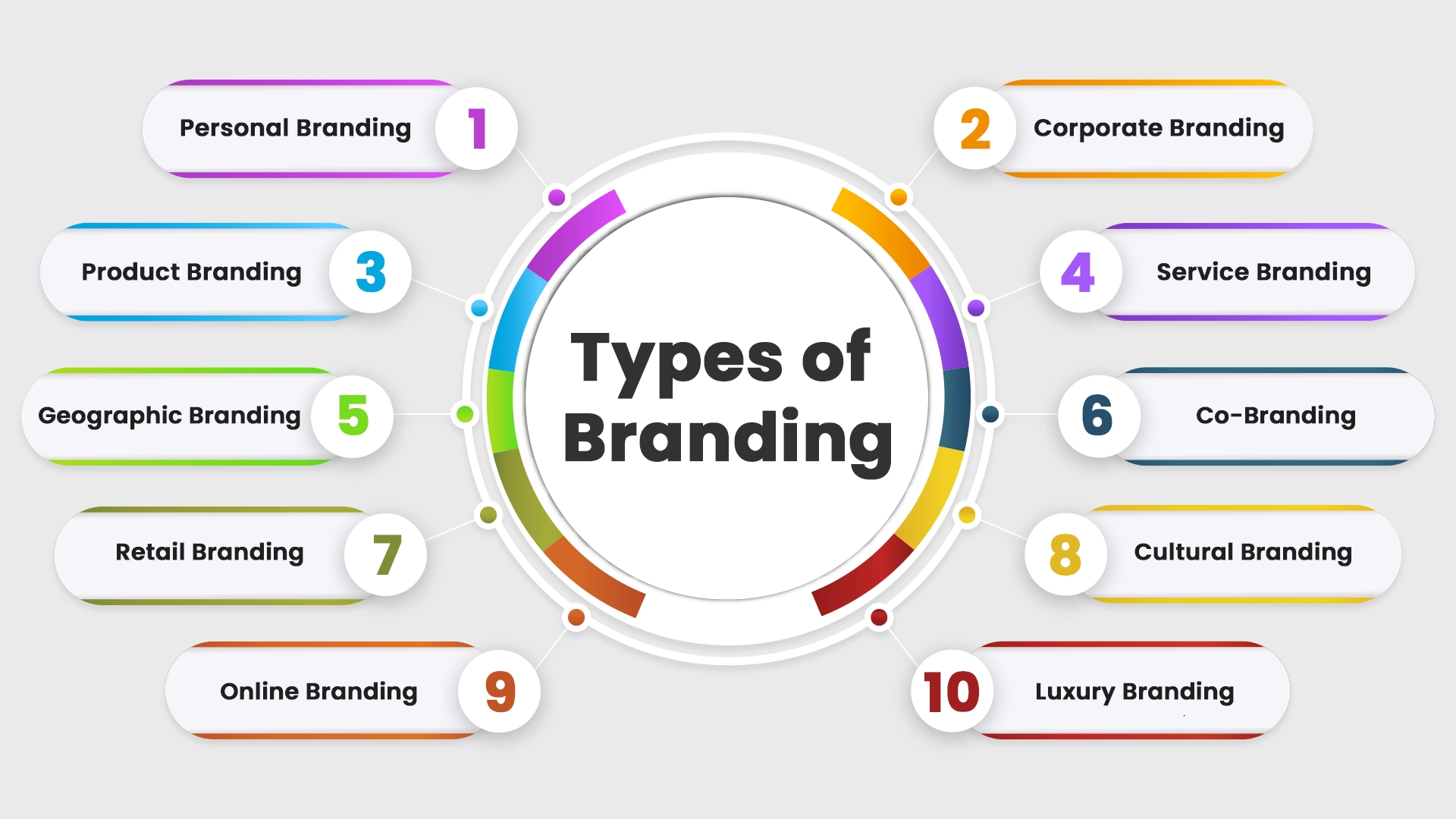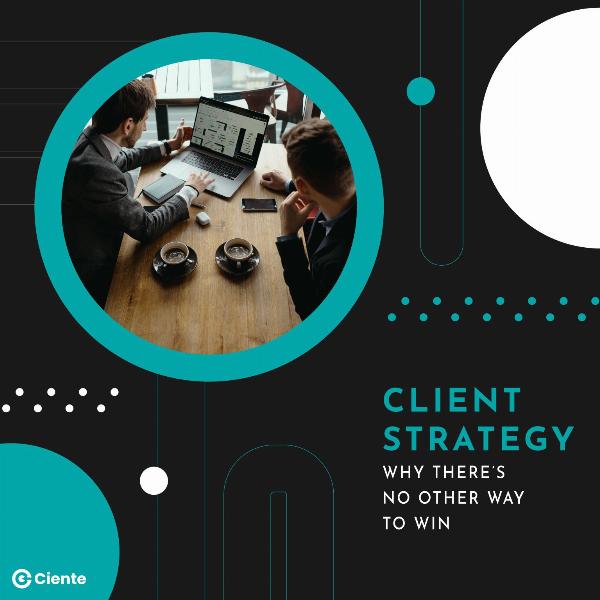Types of Branding: A Complete Guide for 2025

Strong 8k brings an ultra-HD IPTV experience to your living room and your pocket.
View Image source : types of branding
Branding is more than just a logo or a name—it's the way people feel when they see, hear, or interact with your business. Whether you are a small business owner, a startup founder, or a marketing professional, understanding the different types of branding can help you build a strong and recognizable identity.
In this article, we’ll explain the major types of branding, their benefits, and examples in simple and easy-to-understand language.
1. Corporate Branding
Corporate branding is how a company presents itself to the world. It includes the company’s mission, values, tone of voice, logo, and visual design. Everything from your website to your office culture reflects your corporate brand.
Example: Google is known for innovation, simplicity, and user-friendliness. Their design, values, and services reflect this.
Why it matters: Corporate branding builds trust with customers, employees, and investors. It creates a consistent identity across all channels.
Tips: Create clear brand guidelines and stick to them in every piece of content or design.
2. Product Branding
This type of branding focuses on individual products rather than the company as a whole. It includes packaging, naming, and marketing a specific product in a way that makes it stand out.
Example: Coca-Cola has many product brands like Diet Coke and Coke Zero. Each has its own look and feel.
Why it matters: Helps target specific customer needs and increase sales by offering variety.
Tips: Use unique packaging and messaging that clearly differentiates your product.
3. Service Branding
Service branding is about the experience a customer has with your business. It emphasizes quality, trust, and consistency in service delivery.
Example: Zappos is known for amazing customer service, which is a core part of their brand.
Why it matters: Increases customer loyalty and encourages word-of-mouth marketing.
Tips: Train your team to follow the same values and deliver consistent service.
4. Personal Branding
This applies to individuals who want to present themselves as a brand. It's common among influencers, entrepreneurs, and public speakers.
Example: Elon Musk has a strong personal brand built around innovation and futuristic technology.
Why it matters: Builds credibility and trust, especially if you're offering a service or promoting yourself.
Tips: Be authentic and share your story through consistent content and messaging.
5. Geographic or Cultural Branding
This branding is tied to a location or culture and is often used in tourism, food, or local products.
Example: Swiss watches are branded with the quality and precision of Switzerland.
Why it matters: Builds emotional connection and adds a unique touch that customers remember.
Tips: Highlight local values, heritage, or stories that make your brand stand out.
6. Co-Branding
Co-branding is when two or more brands come together to create a joint product or service.
Example: Nike and Apple worked together to create fitness trackers.
Why it matters: Combines brand strengths, expands reach, and offers unique value.
Tips: Choose partners who share your values and target audience.
7. Ingredient Branding
This focuses on highlighting a key component of your product that adds value.
Example: "Intel Inside" is used on laptops to show they have Intel processors.
Why it matters: Builds trust and shows quality, even if you’re not the main product.
Tips: Clearly show how the ingredient improves performance or benefits users.
8. Emotional Branding
This type of branding aims to connect with the audience emotionally using storytelling, visuals, and themes.
Example: Dove uses emotional branding to promote self-esteem and natural beauty.
Why it matters: Emotional connections lead to stronger customer loyalty.
Tips: Use relatable stories, honest messaging, and visuals that touch the heart.
9. Sensory Branding
Sensory branding uses one or more of the five senses—sight, sound, touch, taste, and smell—to create a brand experience.
Example: A bakery that smells like fresh bread or a store that plays relaxing music.
Why it matters: Enhances customer memory and improves the overall experience.
Tips: Think about how your brand sounds, smells, and feels—not just how it looks.
10. Digital Branding
Digital branding is how your brand appears online. It includes your website, social media, email marketing, and online ads.
Example: Spotify uses bold visuals, personalized messages, and clean design across all platforms.
Why it matters: Most customer interactions now start online.
Tips: Keep your digital identity consistent and mobile-friendly.
11. Luxury Branding
Luxury branding is all about exclusivity, premium quality, and a high-end feel.
Example: Brands like Rolex and Louis Vuitton focus on status and craftsmanship.
Why it matters: Appeals to customers looking for prestige and premium experiences.
Tips: Use elegant visuals, limited availability, and exceptional service.
12. Event Branding
Event branding creates a consistent identity for events like conferences, launches, or concerts.
Example: TEDx events have consistent red-black themes and minimalist design.
Why it matters: Creates memorable experiences and improves visibility.
Tips: Design a unique logo, slogan, and theme that people will remember.
How to Choose the Right Branding Type
Choosing the right type of branding depends on your business goals, target audience, and industry.
Start with these steps:
- Understand your mission and values.
- Identify your target audience.
- Choose the branding types that fit your goals.
- Create a consistent message across all platforms.
- Measure the results and adjust your strategy.
Final Thoughts
There’s no one-size-fits-all in branding. Many successful companies use a mix of branding types to connect with customers. Whether you're just starting out or improving your current strategy, choosing the right type of branding can set you apart from the competition.
Take your time to define your brand, build trust, and stay consistent. Your brand is the story people tell about you—make it worth sharing.
Note: IndiBlogHub features both user-submitted and editorial content. We do not verify third-party contributions. Read our Disclaimer and Privacy Policyfor details.







